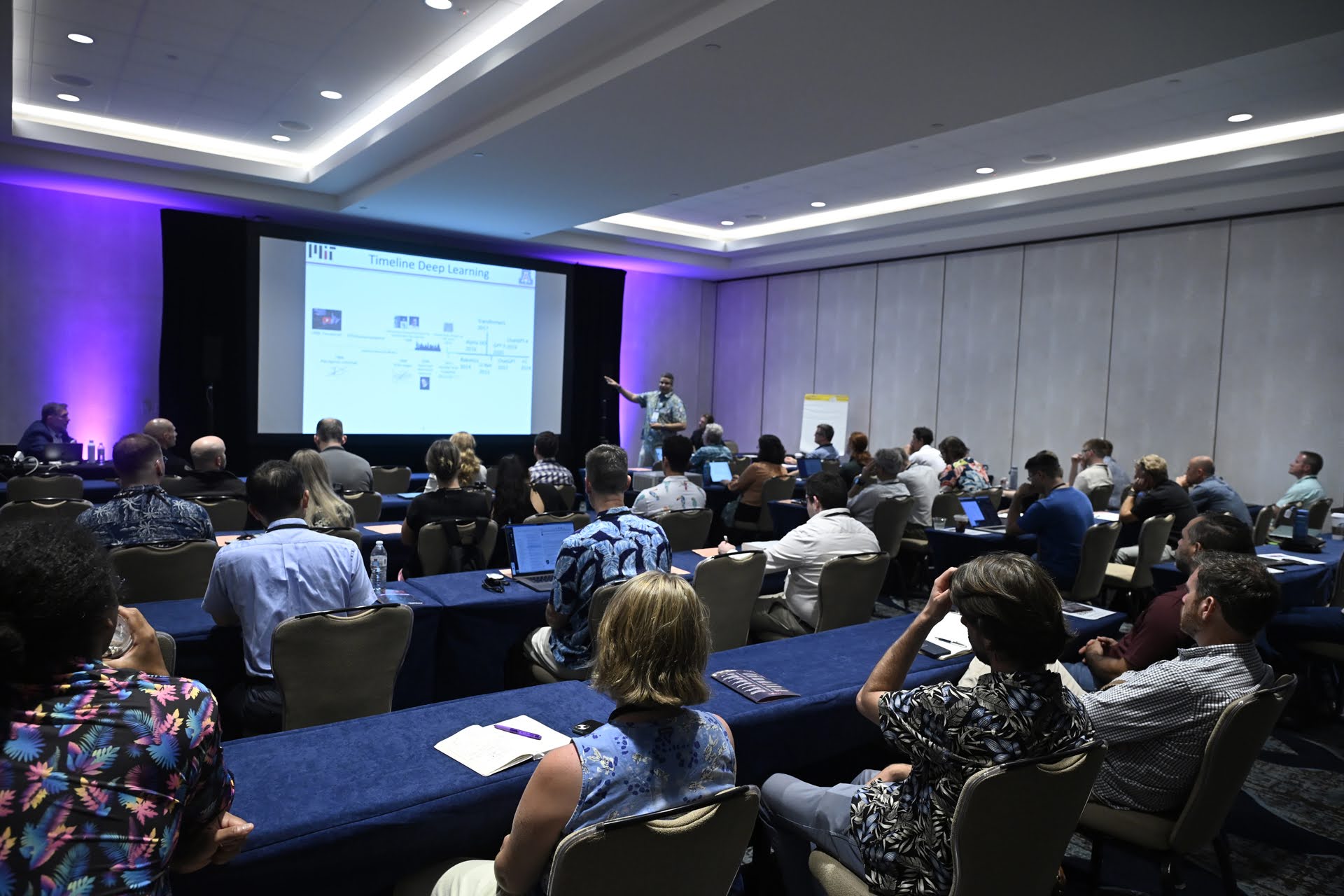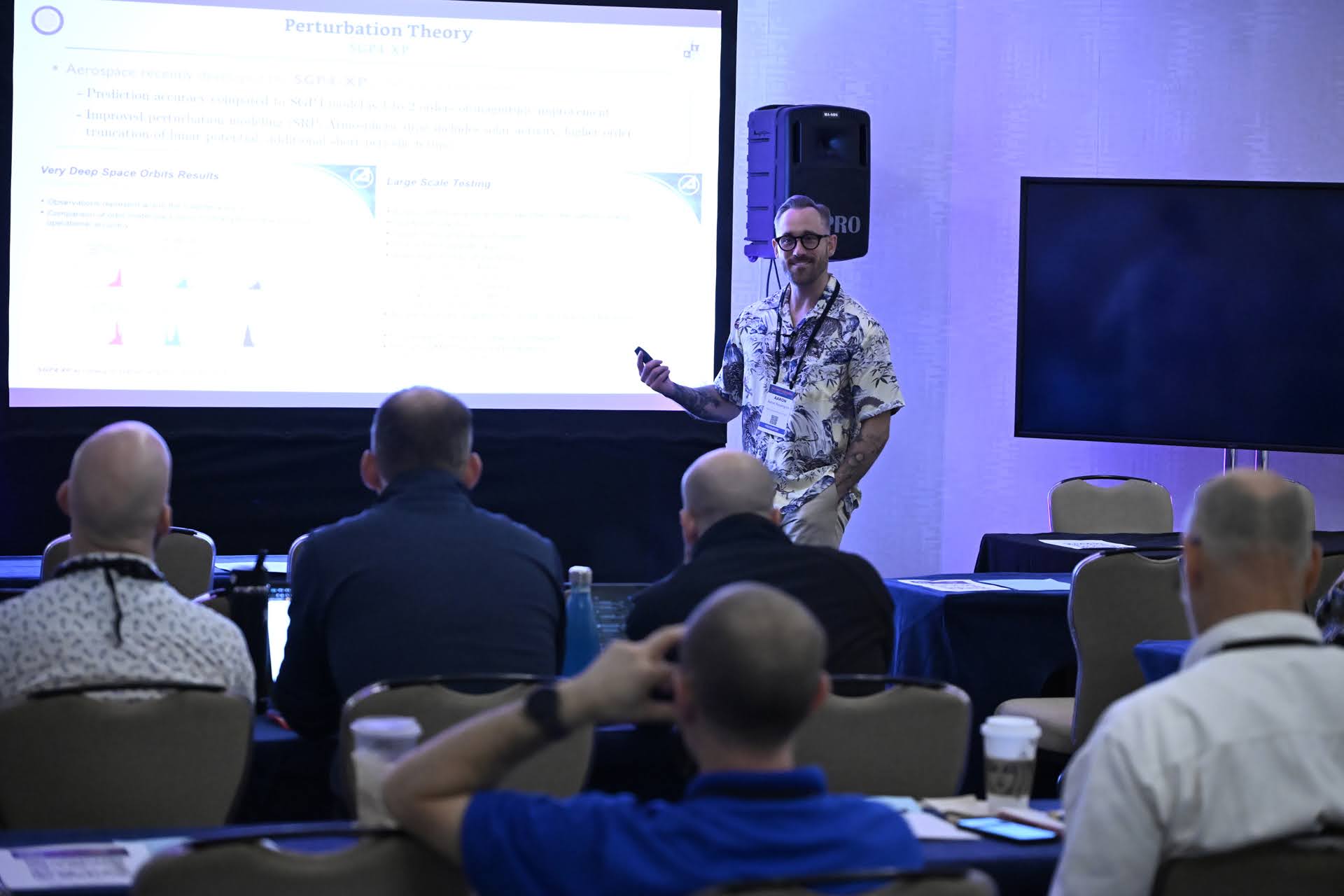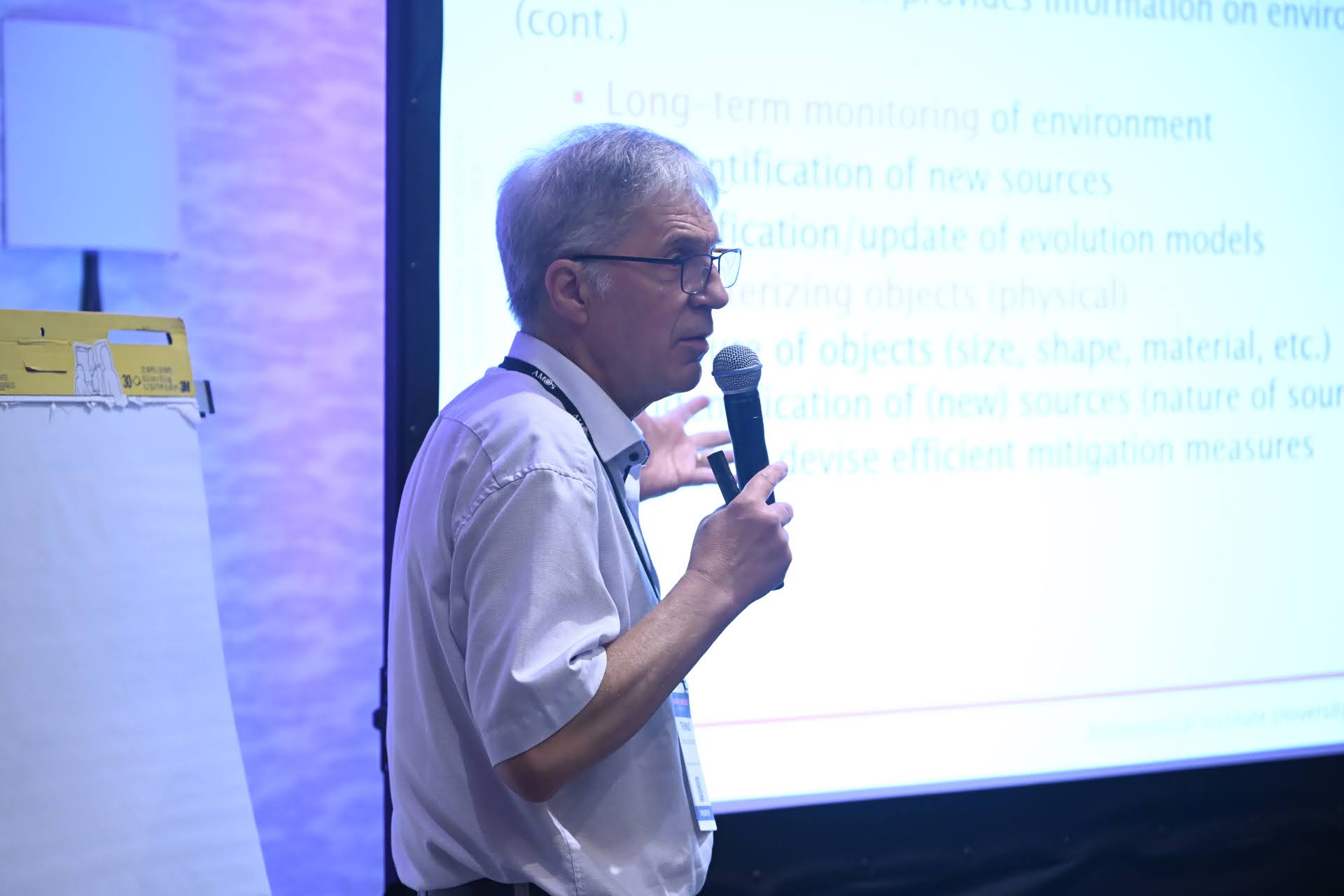SHORT COURSES
Short Courses will be announced early June
The AMOS Conference technical short courses are selected for their relevance to the SSA/SDA technical community. In 2025 there will again be a selection of in-person and online courses, taught by highly regarded industry experts on a number of subjects.
The small size of each class gives participants an excellent opportunity for personalized instruction and provides opportunities for working professionals to upgrade their technical job skills and remain abreast of recent developments in their respective fields of interest.
- Separate registration fee required for each course.
- Course(s) can be added to a new or existing registration. Payment must be completed to secure a place in the course.
- You must be registered to attend AMOS in-person to sign-up for an in-person course.
- All dates/times listed are Hawaii Standard Time (HST)
- Short Courses are not recorded
IN-PERSON COURSES are offered for attendees on Tuesday September 16 who are able to participate while on Maui. In-person Short Courses will not be livestreamed for virtual attendance.
VIRTUAL COURSES are offered “live” on Monday September 15, and participants will have the ability to interact with the instructor and attendees in real-time. Virtual registrants will receive webinar access details the week of the event.



